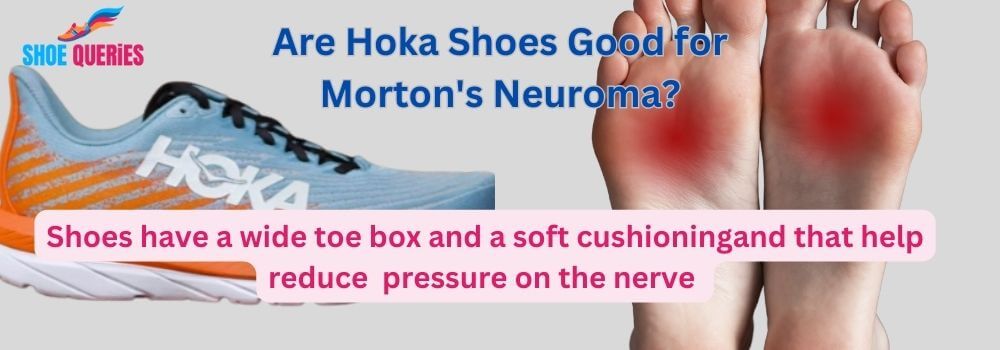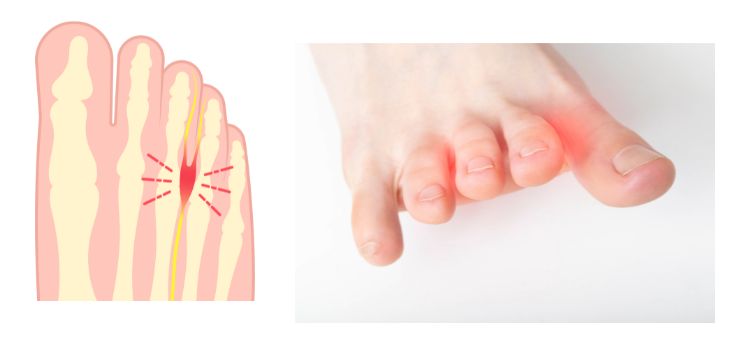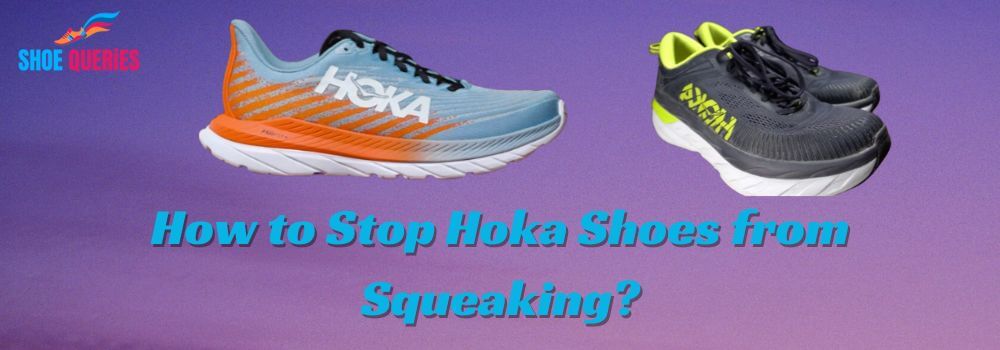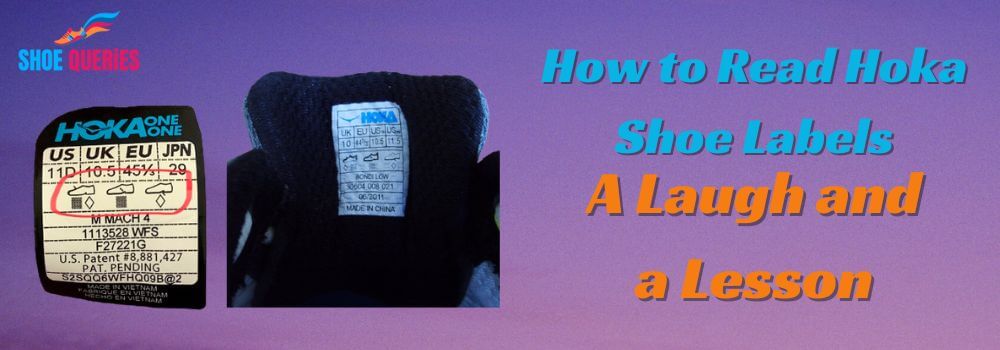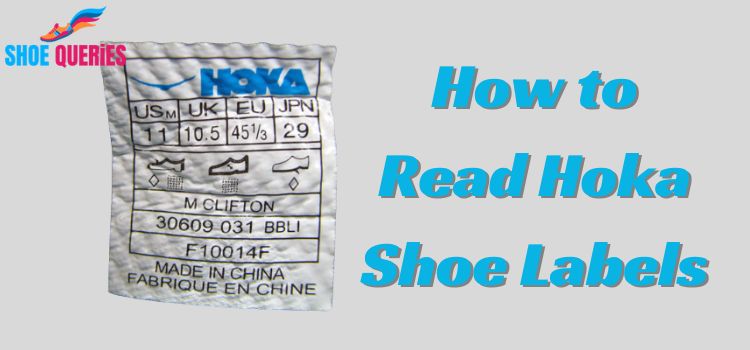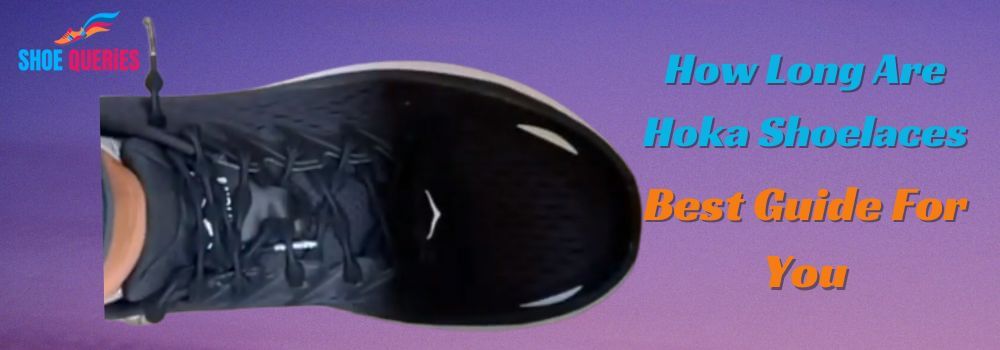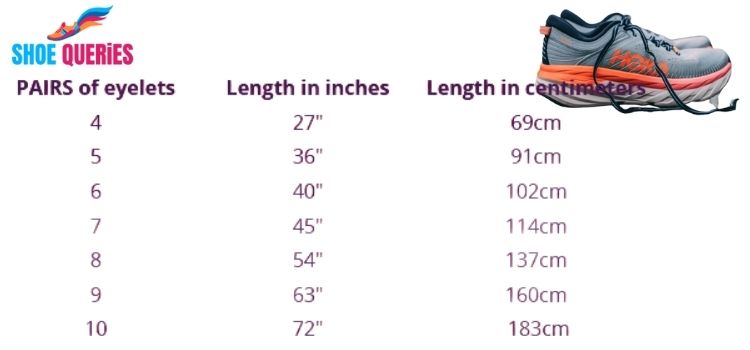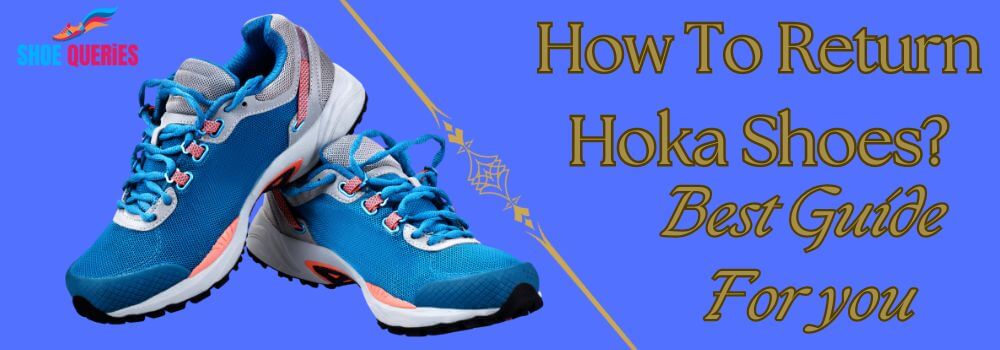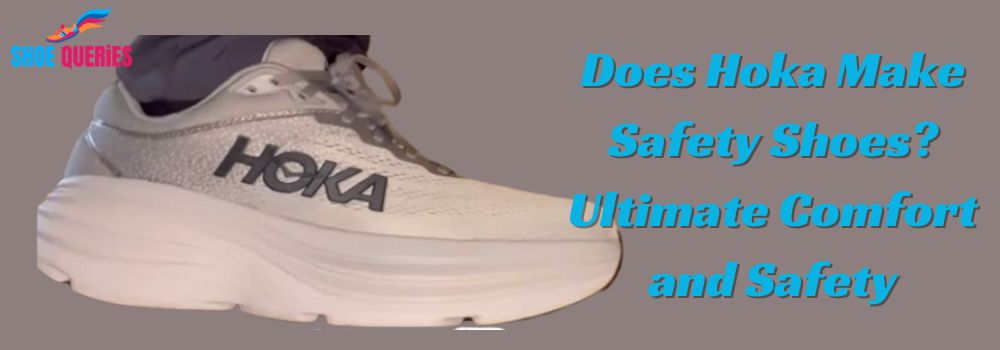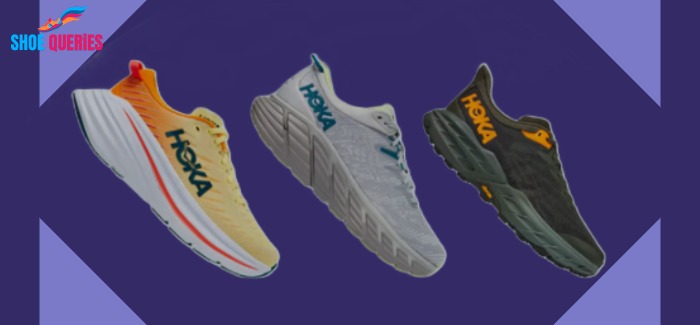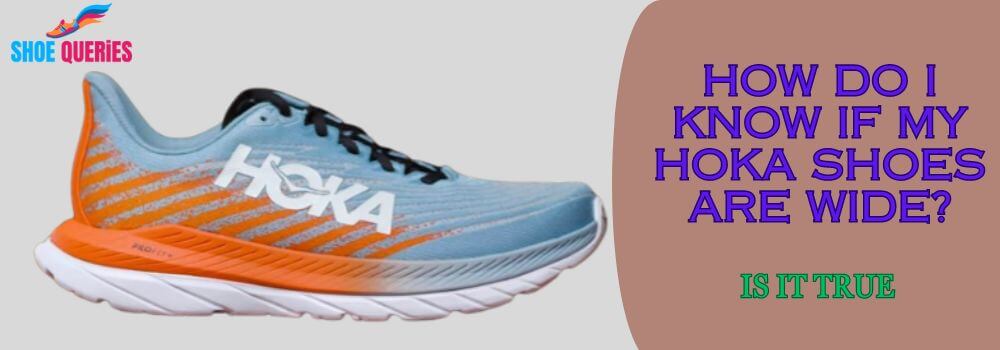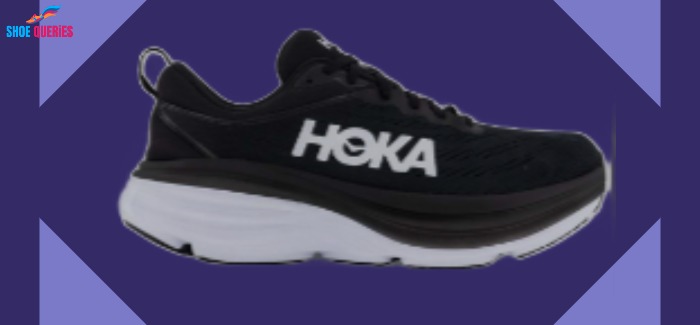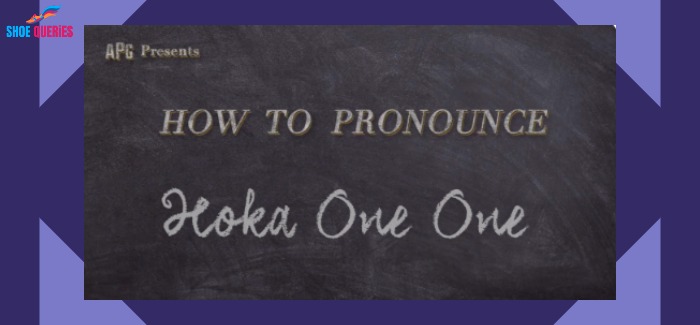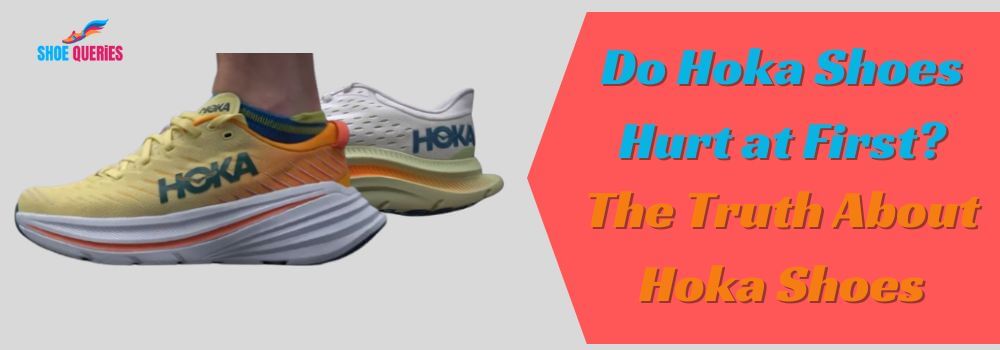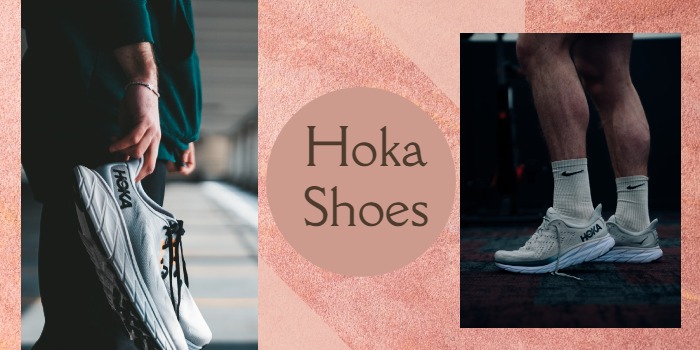Price is the first clue To Spot Fake Hoka Shoes. Secondly, inspect the stitching. Third, check the materials’ quality by touching them. Fourth, verify the outlet’s logo and legitimacy.
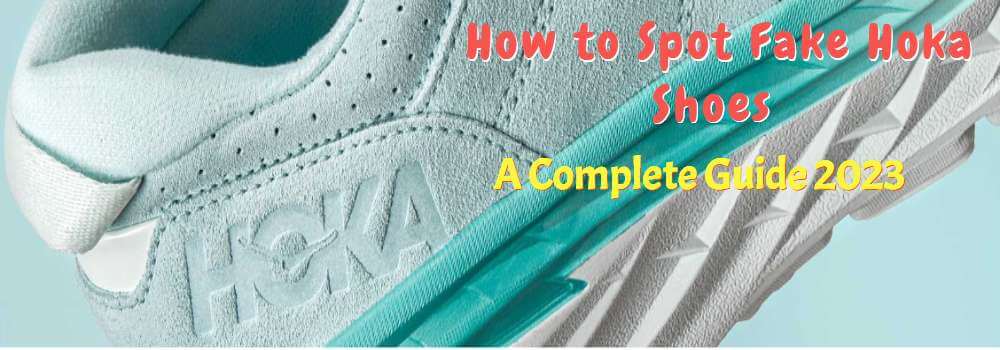
Comfort, support, and unusual design make these running shoes popular. Hoka shoes are becoming fashionable, thus fakes are flooding the market. Don’t fall victim to counterfeit kicks; let’s dive into the world of Hoka shoes, learn how to spot the fakes, and ensure you’re always walking (or running) in the real deal.
What Are Hoka Shoes?
Hoka One One, often shortened to Hoka, is a brand that has taken the athletic world by storm. Known for their oversized, cushioned soles, these shoes are beloved by runners and athletes worldwide. Hoka’s innovative approach to footwear combines maximum cushioning with minimal weight, making them a top choice for those seeking a comfortable and efficient running experience.
Hoka shoes come in a variety of styles, from road running to trail running, offering something for everyone. The hallmark of Hoka shoes is their thick midsole, providing incredible cushioning without adding bulk. It’s like having your feet cradled by clouds, which is why they’re affectionately referred to as “cloud shoes” by some enthusiasts.
Why Are Hoka Shoes Popular?
Hoka shoes have gained immense popularity for several reasons.The unusual design decreases joint impact, making them popular with runners who want to avoid injury. The thick padding protects your feet, letting you run longer and more comfortably.
These shoes also cater to a wide audience. Whether you’re a casual jogger, an experienced marathon runner, or a hiker tackling rugged terrain, Hoka has a shoe for you. Their versatility and ability to cater to different needs have contributed to their popularity among athletes and fitness enthusiasts.
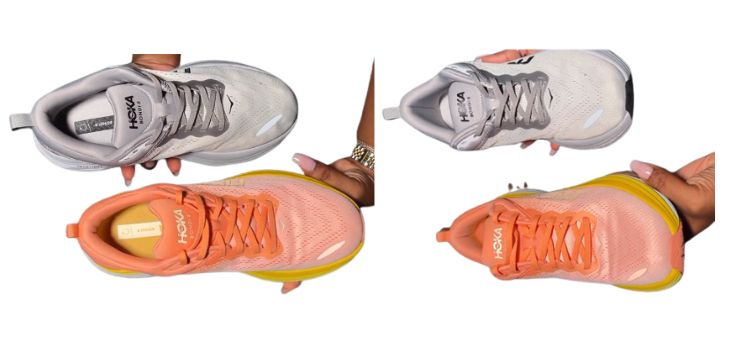
The Benefits of Hoka Shoes
Hoka shoes offer numerous benefits, making them a top choice for runners and athletes:
- Reduced Impact: The cushioning in Hoka shoes is a game-changer. It absorbs the shock from each step, reducing the impact on your feet and legs. For runners, this means fewer aches, pains, and potential injuries.
- Lightweight: Despite their substantial cushioning, Hoka shoes are surprisingly lightweight. This is due to the brand’s focus on minimalist design. You’ll feel like you’re running on air, not concrete blocks.
- Comfort: The plush interiors of Hoka shoes make them incredibly comfortable, even on long runs. It’s like wrapping your feet in a cozy blanket, except you’re conquering miles instead of a nap.
- Improved Performance: Many athletes report better performance when wearing Hoka shoes. The combination of support and shock absorption allows them to push their limits. It’s not just about comfort; it’s about reaching new goals and breaking personal records.
The Risks of Buying Fake Hoka Shoes
While the benefits of genuine Hoka shoes are numerous, purchasing fake ones can be a risky business. Counterfeit shoes not only lack the quality and comfort of genuine Hokas but may also lead to discomfort, injuries, and a waste of your hard-earned money. Here’s where the adventure begins – identifying those pesky fakes.
9 Ways To Spot Fake Hoka Shoes
Hoka One One shoes have gained a dedicated following for their distinctive designs, superior cushioning, and excellent performance. These shoes are becoming more popular, thus counterfeits are appearing. Here are seven ways to recognise phoney Hoka sneakers to avoid buying fakes.
Identifying Genuine Hoka Shoes
The first step in ensuring you’re getting authentic Hoka shoes is to familiarize yourself with the real thing. Visit the official Hoka One One website and explore their latest collections. Pay attention to the unique features, design elements, and the innovative technology that Hoka uses in their shoes. This knowledge will be your most potent weapon when assessing the authenticity of any pair you’re considering.
Comparing Prices
A common proverb states that if an offer seems too good to be true, it most likely is. Although they are not inexpensive, authentic Hoka shoes are reasonably priced. If you stumble upon a pair of Hoka shoes being sold at a significantly lower price than what is typical for the brand, it should raise a red flag. Always consider purchasing from reputable retailers or directly from the Hoka website to ensure the authenticity of your shoes.
Quality Of Materials
One of the hallmarks of genuine Hoka shoes is the high-quality materials used in their construction. Examine the shoes closely for signs of inferior craftsmanship. Look for loose stitching, uneven seams, or low-grade materials. Authentic Hoka shoes are meticulously crafted, and any deviations from this standard should be a warning sign.
Read Online Reviews
Online reviews can be a treasure trove of information when it comes to identifying fake Hoka shoes. Check the seller’s website and reputable review sites for client endorsements and comments. You should proceed cautiously if you see a dearth of reviews or a large number of unfavourable remarks about the product’s validity.
Check Return Policies
Reputable sellers of authentic Hoka shoes typically offer straightforward return and exchange policies. If the seller’s return policy is convoluted, unclear, or missing altogether, it should raise concerns. Always ensure that you can return or exchange the shoes if they turn out to be fake or if they don’t meet your expectations. I’ve written in detail how to return hoka shoes.
Check the Website URL and Security
Before making an online purchase, it’s essential to scrutinize the website’s URL. Make sure it begins with “https://” and look for a padlock symbol in the address bar. These are signs that the website uses secure encryption for your transactions. An unsecured website may not be trustworthy and could put your financial information at risk.
Check the Contact Information and Policies
Genuine Hoka shoe sellers provide clear contact information, including a physical address and a phone number. Verify the seller’s contact details, and check if they have a legitimate physical presence. Additionally, review the store’s policies on shipping, returns, and customer service. Trustworthy sellers should have these policies readily available on their website.
Check the Branding and Logos
Examine the branding and logos on the shoes carefully. Counterfeit Hoka shoes often have slight variations in the logo’s font, size, or placement. Genuine Hoka shoes maintain consistent branding across all models. Pay close attention to the stitching, placement of logos, and the font used for the Hoka branding.
Check the Sizing and Weight
Real Hoka shoes adhere to precise sizing charts, so ensure that the sizing of the shoes you’re considering matches the official guidelines provided by Hoka One One. Additionally, authentic Hoka shoes have a specific weight range based on their design and the materials used. If the shoes feel significantly lighter or heavier than expected, it’s a sign that they may be counterfeit.
How to Avoid Fake Hoka Shoes and Buy Authentic Ones
Now that you’re armed with knowledge, let’s discuss how to ensure you’re buying genuine Hoka shoes.
Buy from Official or Authorized Retailers:
Stick to official Hoka stores or authorized retailers. They have the genuine article and the seal of approval.
Credit or Debit card to make a payment:
To increase security and prevent fraud, use a credit or debit card. Steer clear of dubious payment options like wire transfers as they could send you down a rabbit hole into the world of fake shoes.
Verify the Product with Customer Service or Warranty:
Reach out to Hoka’s customer service or check the warranty of your potential purchase. They’ll confirm authenticity, and you’ll get a taste of their excellent customer support.
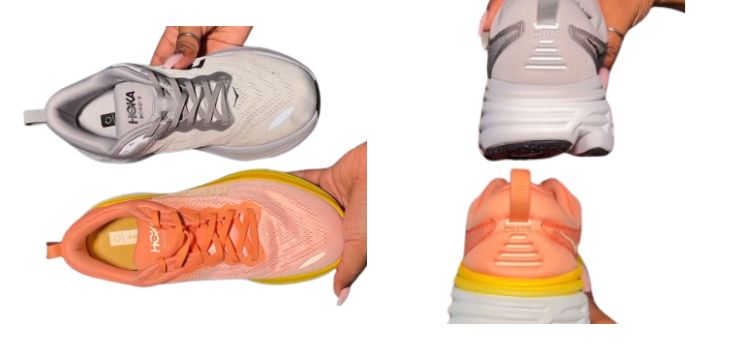
Final Decision: How to Spot Fake Hoka Shoes
The detailed explanation of each tip will equip readers with a comprehensive understanding of how to spot fake Hoka shoes effectively. The goal is to empower them to make informed and confident purchasing decisions.
This final section acts as a vital summary and a clear call to action. By following these seven expert tips, readers will significantly reduce the risk of ending up with counterfeit Hoka shoes, ensuring they enjoy the authentic comfort, support, and performance that these shoes are renowned for.
Frequently Asked Questions
Q: Are Hoka shoes worth the investment?
A: Absolutely! The comfort, support, and durability make them a worthwhile investment for both casual and serious runners.
Q: Can I find genuine Hoka shoes on online marketplaces?
A: You can, but be cautious. Stick to reputable sellers, and apply the spotting techniques we discussed to avoid fakes.
In conclusion, spotting fake Hoka shoes is all about knowing what to look for and where to shop. Follow the tips in this guide, and you’ll be on your way to enjoying the comfort and performance of authentic Hoka shoes, without being caught in the web of counterfeit footwear.

A K M Azad, The Founder of Shoe Queries, In 2023, I set out on a remarkable journey into the world of footwear, driven by an unwavering passion for shoes. His enthusiasm for renowned brands such as Nike, Birkenstocks, Hey Dudes, Crocs, Vans, Uggs, Converse, New Balance, and many others fueled his dedication to disseminating in-depth research on a wide array of footwear styles.


